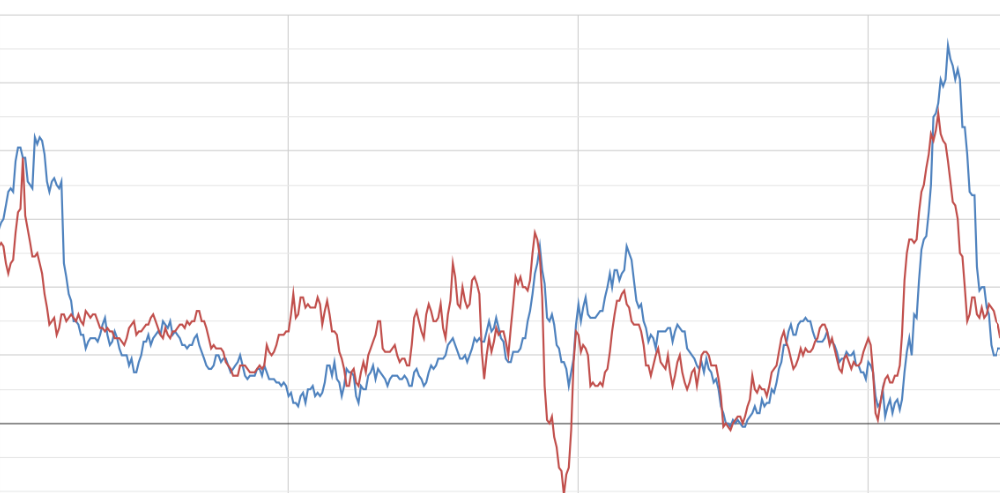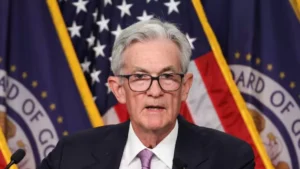
In a development that may bring some relief to American consumers, recent data indicates a slight easing in inflation rates. Economists are cautiously optimistic as consumer prices stabilize, suggesting a potential turning point in the ongoing battle against rising costs. However, experts warn that challenges still loom on the horizon, necessitating vigilance from both consumers and policymakers.
Latest Data Shows a Positive Trend
According to the latest report from the Bureau of Labor Statistics, inflation rates have dipped for the first time in several months, falling to 4.5% year-over-year. This decrease, coupled with a stabilization in consumer prices, offers a glimmer of hope in an economy that has grappled with high inflation since mid-2021. Key sectors such as energy and food have shown signs of moderation, contributing to the overall decline in inflation.
The Consumer Price Index (CPI), a critical measure of inflation, reflects the prices consumers pay for goods and services. A slight decrease in this index indicates that consumers may feel some relief at the checkout counter, especially after enduring significant price hikes in essentials like groceries and gasoline over the past few years.
What’s Driving the Change?
Several factors are contributing to the stabilization of consumer prices. First, supply chain disruptions that had plagued the economy are starting to ease. With ports operating more efficiently and shipping times improving, the flow of goods is becoming more consistent, helping to alleviate some upward pressure on prices.
Additionally, the Federal Reserve’s monetary policy has played a crucial role. Recent interest rate hikes aim to cool down an overheated economy by making borrowing more expensive. As the effects of these rate increases take hold, consumers may find themselves with slightly more favorable purchasing conditions.
Ongoing Concerns About Economic Stability
Despite this positive news, economists caution that the fight against inflation is far from over. While the current dip is welcome, underlying issues remain. Supply chain vulnerabilities, geopolitical tensions, and potential labor market fluctuations could still disrupt economic stability.
Furthermore, the energy sector is particularly volatile, with fluctuating oil prices that could influence overall inflation trends. As winter approaches, rising heating costs may also impact consumer spending patterns, making it essential to monitor these developments closely.
What This Means for Consumers
For American consumers, the recent dip in inflation rates may lead to cautious optimism. However, it’s important to remain vigilant about personal finances. Budgeting wisely and being aware of changing price trends can help individuals navigate the complexities of the current economic landscape.
As businesses adjust their pricing strategies in response to the latest data, consumers may also benefit from increased competition, leading to better deals and promotions. Keeping an eye on sales and discounts could provide additional savings in the months ahead.
Looking Ahead: Economic Projections
As we move into the final months of the year, economists will continue to analyze data closely to identify trends and potential warning signs. The path forward remains uncertain, but the recent stabilization in consumer prices offers a valuable opportunity for reflection and planning.
In conclusion, while the dip in inflation rates is encouraging, the road to economic stability is fraught with challenges. By staying informed and proactive, consumers can better prepare for whatever lies ahead in the evolving economic landscape.
Stay tuned for further updates on this developing story, and explore our website for comprehensive coverage on economic trends affecting Americans today!


